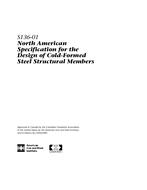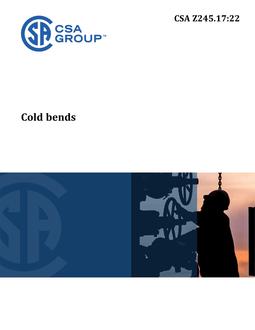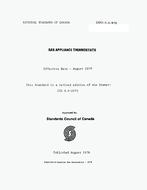Preface
This is the first edition of CSA C22.2 No. 269.1, Surge protective devices – Type 1 – Permanently connected. This Standard is one in a series of five standards dealing with surge protective devices. Upon publication of the entire series, the requirements in these Standards will supersede CSA TIL I-11B on surge protection. This Standard is issued by the CSA Group under Part II of the Canadian Electrical Code. For general information on the Standards of the Canadian Electrical Code, Part II, see the Preface of CAN/CSA-C22.2 No. 0.
Scope
1.1 This Standard applies to surge protective devices (SPDs) intended for: a) permanently connected applications designed for limiting surge voltages and discharging surge currents; b) use on 50/60 Hz circuits over 42 V and up to 750 V ac; c) installation between the secondary of the service transformer and the line side of the service equipment overcurrent protective device. These devices may also be installed on the load side of the main overcurrent protective device; d) installation where external overcurrent protection may not be present; and e) indoor or outdoor use in accordance with the Canadian Electrical Code, Part I. 1.2 Equipment designed solely for other power disturbances such as notches, sags and noise is not within the scope of this document. 1.3 SPDs discussed in this standard contain at least one voltage limiting or voltage switching component for diverting surge currents or dissipating surge energy, or both. Examples of such components are metal oxide varistors, silicon avalanche diodes, spark gaps and gas discharge tubes. Ferroresonators, motor- generators, uninterruptible power supplies, and filters containing only inductive or capacitive components are not considered SPDs in this standard. 1.4 In this Standard, “shall” is used to express a requirement, i.e., a provision that the user is obliged to satisfy in order to comply with the standard; “should” is used to express a recommendation or that which is advised but not required; and “may” is used to express an option or that which is permissible within the limits of the standard. Notes accompanying clauses do not include requirements or alternative requirements; the purpose of a note accompanying a clause is to separate from the text explanatory or informative material. Notes to tables and figures are considered part of the table or figure and may be written as requirements. Annexes are designated normative (mandatory) or informative (nonmandatory) to define their application.
Product Details
- Edition:
- 1st
- Published:
- 11/01/2014
- ISBN(s):
- 9781771393911
- Number of Pages:
- 57
- File Size:
- 1 file , 1.9 MB
- Part of:
- CSA C22.2 NO. 269 PACKAGE


